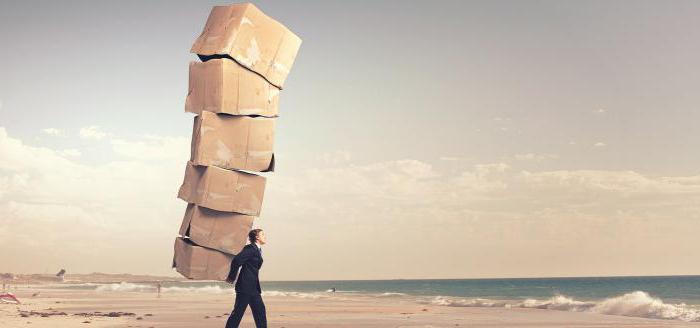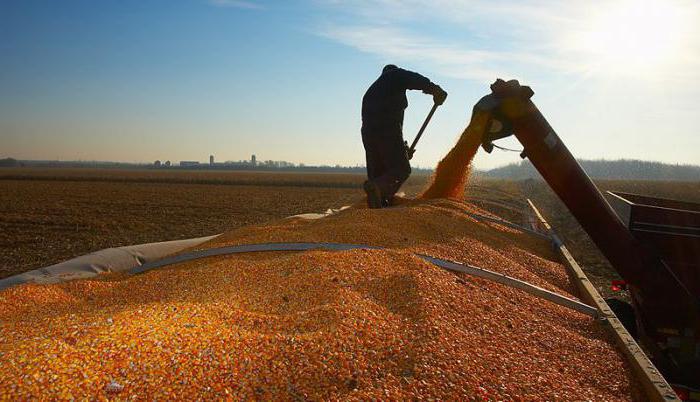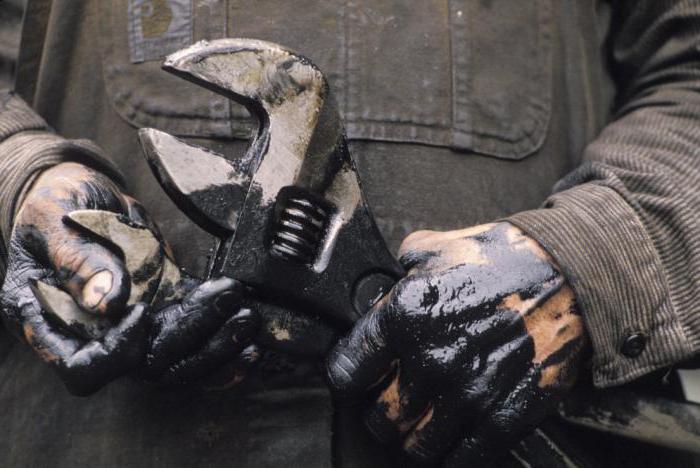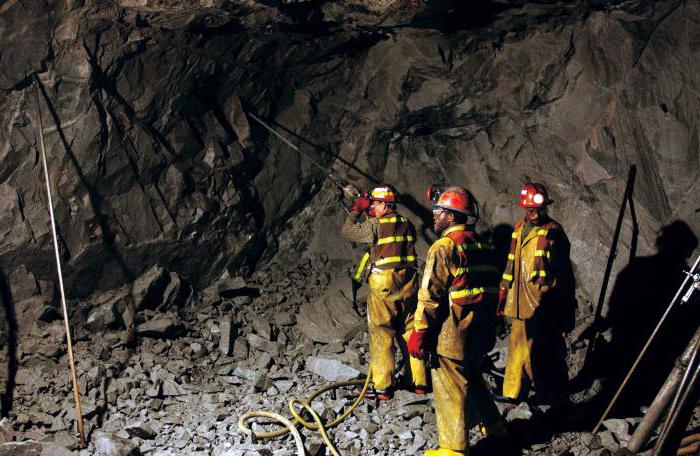Occupational hygiene is an area in medicine that deals with the study of labor activity and working conditions, taking into account their effects on the body. Also, this area is developing hygienic standards and measures that are designed to prevent the occurrence of professional pathologies and make working conditions safer.
The main tasks of occupational health include:
- Setting the permissible effects of harmful factors on the body of the employee.
- Classification of labor intensity based on process conditions.
- Determination of tension and severity of the workflow.
- The organization of leisure and work, as well as the workplace in accordance with rational standards.
- The study of the psychophysical parameters of labor.
Assessing the quality of the environment surrounding the employee, it is necessary not only to study the impact of various factors, their influence on each other, but also the working conditions according to the intensity of the labor process. It is also necessary to develop comprehensive indicators, which will be considered the norm. Occupational health methods can be both instrumental and clinical, physiological. The methods of medical statistics and sanitary examination are also applicable.
The classification of different types of severity and tension of work is of particular importance for the rational organization and optimization of working conditions. Such classifications, as well as the identification of factors of working conditions make it possible to evaluate various types of work. In addition, this allows you to find methods for implementing recreational activities, taking into account the assessment of the severity and intensity of work.
Quite often, labor intensity is classified taking into account the energy costs of a person in the process of carrying out work activities. Such an indicator as energy expenditure is determined by the degree of muscle labor intensity coefficient, as well as the person’s neuro-emotional state during work. Another important indicator is the conditions of work. A person spends 10-12 MJ per day on mental work, and workers performing heavy physical work spend from 17 to 25 MJ.
The severity and intensity of labor can be defined as the degree of stress of the organism of the functional plan that occurs during the performance of work tasks. Depending on the power of work during physical or mental labor, during the information overload, functional stress arises. The physical burden of labor is called the load on the body when carrying out activities that require muscle tension and corresponding energy costs.
The emotional load arises during the performance of intellectual tasks in the processing of information. Often this type of load is called the nervous tension of labor.
Environmental factors: an overview
The harmful effect on the employee’s body is determined by the factors of the working environment. Occupational health distinguishes two main factors - harmful and dangerous. A hazard is a factor of severity and tension of work, which can cause an acute illness or a sharp deterioration in the employee’s health indicators or death. A harmful factor can, in the course of work and in the aggregate of certain conditions, cause a professional disease, reduce the working capacity of a temporary or chronic nature, increase the number of infectious and somatic pathologies and lead to problems in reproductive function.
Harmful production factors
Conditions affecting the tension of working conditions can be divided into several groups:
- Physical. These include humidity, temperature conditions, electromagnetic and non-ionizing radiation and fields, air velocity, constant magnetic fields, electrostatic fields, thermal and laser radiation, industrial noise, ultrasound, vibration, aerosols, lighting, air ions, etc.
- Chemical. Biological and chemical substances, including hormones, antibiotics, enzymes, vitamins, proteins.
- Biological. Live spores and cells, harmful microorganisms.
- Factors that characterize the severity of labor.
- Factors that characterize labor stress.
Assessment of severity and tension
The severity of labor is most often determined by the load on the musculoskeletal system and various body systems. Assessment of the severity and intensity of labor is characterized by the energy component and is determined by a number of indicators.
Process severity
These include:
- Dynamic physical activity.
- The weight of the load or load.
- The totality of stereotypical labor movements.
- Volume of static load.
- The pose in which the work is done.
- Displacements in space.

Labor intensity characterizes the labor process. The concept also projects the load on the central nervous system, emotional region and sensory organs.
Labor intensity indicators
Considered data include:
- Sensory, emotional and intellectual stress.
- The monotony of the load.
- Mode of operation.
- Intensity and duration of intellectual workload.
Century of Cyberspace
Scientific and technological progress not only provokes the creation of new professions, but also new pathogenic factors. In recent years, the importance of psychophysiological indicators of the severity and intensity of work has grown significantly, due to the development of computer technology.
Safe working conditions are those in which the influence of production factors is minimized and does not exceed hygiene standards. The latter include maximum permissible concentration, or maximum permissible concentration, and maximum permissible concentration, or maximum permissible level.
Classification of labor by load
The load, depending on the severity of the work performed, is regulated in the sanitary and hygienic requirements that comply with GOST. In them, all physical types of work are divided into three categories depending on indicators of severity and intensity of labor and on the energy costs of the body to carry them out.
The first category. It includes light physical work, which is divided into two subspecies:
- Energy costs up to 139 watts. Work performed in a sitting position that does not include significant physical factors of labor stress. This is a number of professions related to precision instrument making, in the clothing industry, in the field of management. It also includes watchmakers, locksmiths, engravers, knitters, etc.
- Energy costs up to 174 watts. Work performed standing up or requiring a lot of walking. This category includes workers in the printing industry, communications enterprises, markers, bookbinders, photographers, auxiliary workers in agriculture, etc.
The second category. This is a moderate labor intensity. It is also divided into two subspecies:
- Energy costs up to 232 watts. Professional activity requiring constant walking and moving small objects in a standing position. Voltage is required to a moderate degree. This category includes workers in mechanical assembly shops, spinning and weaving, including spinners, weavers, winders, joiners, carpenters, locksmiths, plasterers, etc.

- Energy costs up to 290 watts. They include work that requires a lot of walking, moving heavy objects and provides moderate physical stress.They include the professions of rolling, foundry, thermal, forging and welding shops, as well as workers in metallurgy and mechanical engineering, namely: welders, turners, joiners, etc. Long walking involves the majority of agricultural professions, and most often on uneven surfaces.
The third category. Includes work requiring more than 290 watts of energy. These are professions that do not imply a reduction in labor stress and include great physical exertion, carrying heavy loads of more than 10 kilograms, working in the forge and foundry, the activities of postmen, agricultural workers, namely, tractor drivers, cattle, livestock breeders, etc.
Additional features of working conditions
The conditions in which a person works, and their severity can be determined by a number of indicators, namely:
1. Pose and position of the body when doing work. This indicator is divided into the following types:
- The horizontal position of the body. These include high-altitude installers, welders, mining workers, etc.
- Half bent or bent position. In this case, it is necessary to clarify the temporary stay in this position as a percentage of all working time.
- The same type of movement. The number of movements of the same type that the employee makes per shift is calculated. Not only local load, but also regional is taken into account.
2. Dwell time. In order to classify working conditions as severe, this state must be constant and include not only static standing in an upright position, but also walking.
3. Torso. Typical for agricultural workers when harvesting, weeding, as well as on a dairy farm and construction sites when laying floors and wall cladding. In this case, the number of slopes during the shift is specified.
4. The pace at which the required actions are performed. This includes working on semi-automatic machines, conveyors and in weaving.
5. The mode of operation. Sharp working hours or shift method, night shifts and frequent changes in the rhythm of life are usually recognized as difficult working conditions.
6. Exposure to vibration. The influence can be not only general, but also local. Tractors, combine harvesters, chippers, bulldozers, as well as railway and public transport workers are exposed to vibrations.
7. Meteorological working conditions. Abnormally low or high temperature operating conditions, high humidity or sudden changes, air velocity and drafts.
8. Exposure to radiation of any kind. This can be a magnetic field, laser or ionizing radiation, insolation, the influence of static electricity and electric fields.
9. Interaction with toxins, namely poisons and other substances harmful to humans.
10. Professional malware features.
11. Contaminated air in the workplace, high noise and atmospheric pressure.
12. Quite often in one profession there are several factors at once, according to which working conditions can be classified as difficult.
Varieties of intellectual labor
In addition to working conditions, it is also necessary to consider the tension and severity of work. Many areas of activity combine the mental and physical aspects. However, in modern professional fields, sensory, mental and emotional stresses prevail. This is due to the fact that mental work is given particular importance.
Intellectual are professions that are associated with the processing of a large amount of information. The implementation of this kind of activity requires a strain of memory, sensory apparatus, attention, emotions and thinking.
Occupational health identifies five main types of intellectual activity:
- The work of operators. It implies the management of equipment, processes and machines.This area involves great responsibility and tension of a neuro-emotional nature.
- Managerial work. This group includes teachers and teachers, as well as heads of organizations and enterprises. This area of activity provides for an increasing amount of information, a small amount of time for its processing and personal responsibility for decisions made. The load is irregular, and decisions are often non-standard. Sometimes conflicts may arise, the solution of which also requires a certain emotional stress.
- Creation. Such professions, as a rule, include writers, artists, composers, artists, designers, architects and others. This activity involves the creation of non-standard algorithms based on years of training and qualifications. In these areas it is necessary to have initiative, a good memory, and the ability to concentrate. All this becomes the cause of increased nervous tension.
- Medical workers. The following features are considered typical for all workers in this field: lack of information, close contact with sick people, and a high degree of responsibility to patients.
- Educational field. Students and students are required to constantly exert attention, memory, perception, and be resistant to stressful situations when passing exams, tests, or examinations.
The tension of a neuro-emotional nature is characterized depending on the load and density of the work schedule, the number of actions performed, the complexity and amount of information for assimilation, the time spent on the operation.
Types of working conditions according to the intensity of the working process
There are several classes that show the degree of assessment of labor intensity:
- First grade. Light degree of tension. The criteria of this class are: one-shift work without night exits to the workplace, no need to make a decision in an emergency, an individual work plan, the actual duration of the working day is up to 7 hours, elimination of the risk to life, exclusion of responsibility for other persons. This category includes those professions that do not undergo drastic changes and do not require concentration on more than one subject. The work itself is small, for example, a secretary, timekeeper, typist, etc.
- The second class is characterized as admissible and has an average degree of labor intensity. This category involves moderate nervous tension and tasks of medium complexity. Responsibility is borne only for specific types of actions typical of a given field of activity. The second class includes economists, accountants, legal advisers, engineers, librarians and doctors.
- The third class denotes hard work. These areas of activity involve strong mental stress, a large amount of production activity, a strain on attention for a long time, and the ability to quickly process a large amount of information. This type of work includes the heads of large organizations and enterprises, leading specialists of departments, for example, chief accountants, designers and technologists. In addition, this includes activities that provide for a continuous flow of information and instant reaction to it. These can be dispatchers at airports, railway stations, duty and metro operators, television, telephone and telegraph workers, as well as emergency doctors, intensive care wards, etc. The latter category also implies work in time pressure, increased responsibility for decisions made with a lack of information. The working day is not standardized and is usually more than 12 hours.A high degree of risk and responsibility for the lives of other people are also indicators of work stress.
- The fourth class includes extreme working conditions. They mean the presence of factors that can create a life threat during work or lead to the development of serious complications for the health of the employee. These particularly dangerous types of activities include mine rescuers, firefighters, liquidators of the consequences of the Chernobyl accident, etc. This is the most difficult and intense work that does not go unnoticed for a person’s condition. Work in such conditions is permissible only in case of emergency. A prerequisite is the use of personal protective equipment.